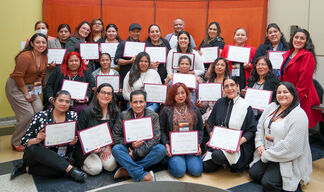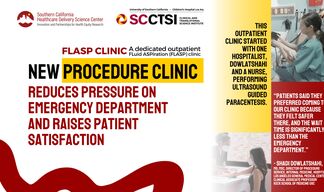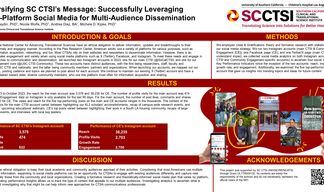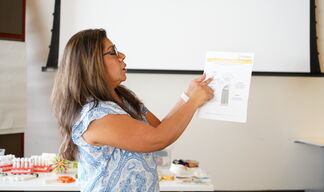Teaching Scientists to Think Outside the Box
SC CTSI brings health educator Roberta Ness to USC to discuss successful approaches.
Although creativity is a trait more frequently associated with the arts than the sciences, it is in fact no less crucial to the search for knowledge about human health, according to Roberta Ness, MD, MPH, former Dean of the School of Public Health at the University of Texas and an authority on innovation in science.
Perhaps more surprisingly, said Ness, creativity should be a regular element of education and training for clinical researchers and other scientists, alongside the other fundamentals of the scientific method. "I want to dispel the myth that creativity can't be taught," said Ness. "We can prove that it can."
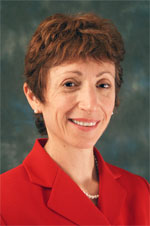
Ness, who lectures frequently about innovation and creativity, made the points during a recent lecture and workshop hosted by the Southern California Clinical and Translational Science Institute.
"Why aren't we solving the biggest problems of the modern age?" asked Ness from a podium at the USC Norris Comprehensive Cancer Center.
"Research institutions need to consider adding techniques focused on innovation in research."
Ness, who is a professor in the Division of Epidemiology and Disease Control, and Vice President for Innovation at The University of Texas Health Science Center at Houston, has developed a curriculum that teaches tools for creative thought in science.
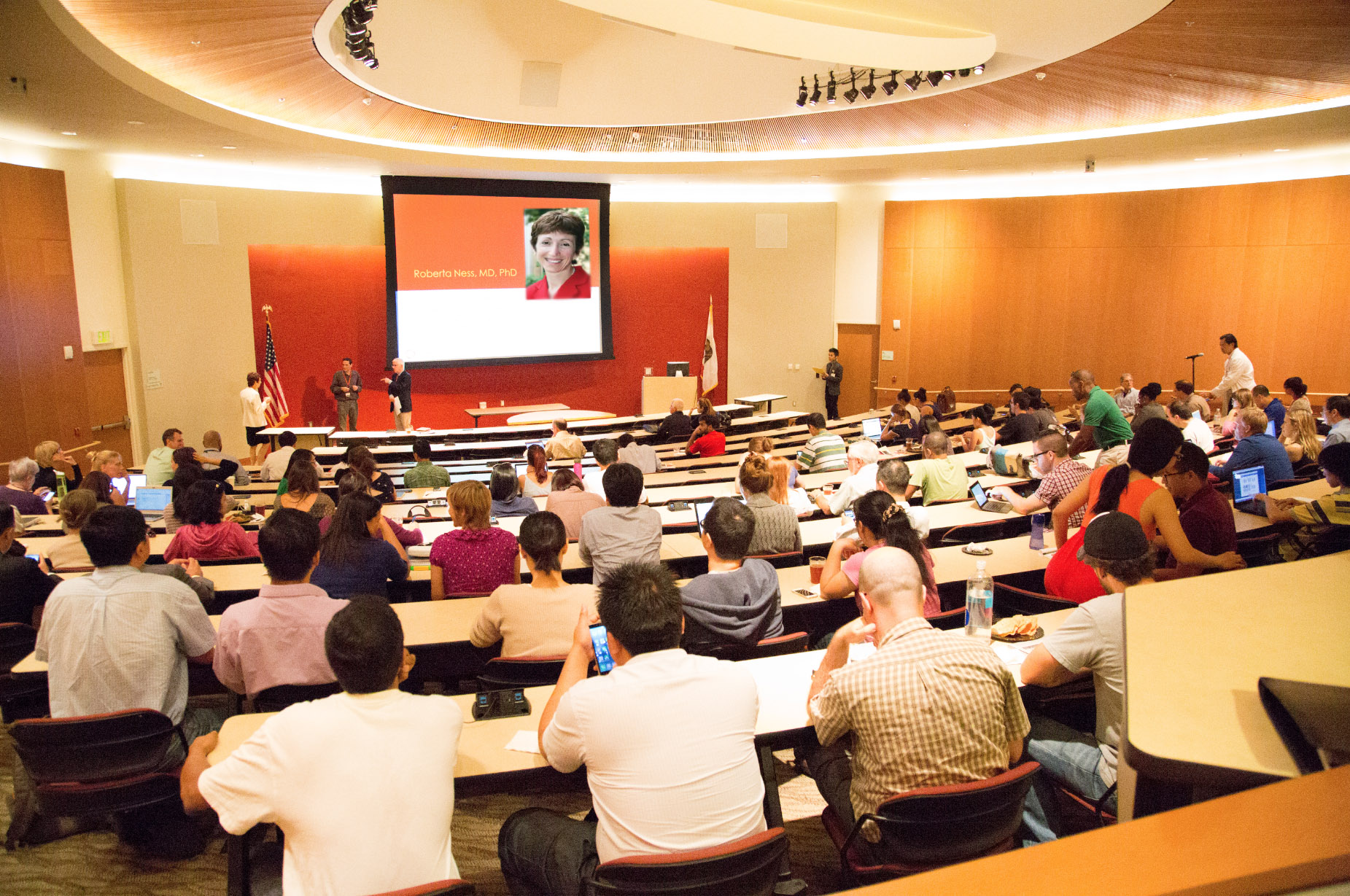
In her 2012 book, "Innovation Generation: How to Produce Creative and Useful Scientific Ideas," Ness outlines techniques to help scientists and others learn how to consider problems in a different light, ask new questions, and find new answers.
Creativity and innovation are important to success in many areas beyond science and research. Business leaders frequently cite innovation as among the most desirable traits in employees, said Ness, but one that is hard to find. Some observers worry that U.S. schools are producing too few innovative thinkers, potentially undermining the nation's economic competitiveness.
There are several components to creative thought, Ness says. One of the main techniques is to identify habitual patterns of thought and understanding, called frames, that can limit scientific inquiry within boundaries of conventional wisdom. By recognizing these frames, scientists can more effectively challenge accepted paradigms and take intellectual risks that can lead to breakthroughs.
Elizabeth Siantz, a PhD candidate at the USC School of Social Work who studies health disparities among people with serious mental illness, said the ideas raised in the lecture and workshop will influence her approach to research. "I've already seen how important it is to be able to change your perspective and see things from the point of view of clients and others within the health care system," said Siantz. "But these tools provide a deliberate focus on creativity that I think can help me look at the landscape of health services and interventions in new ways."
